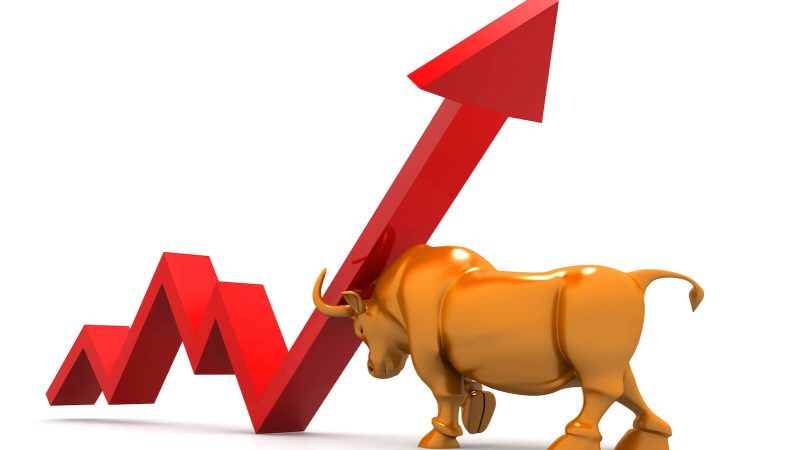The phenomenon of a financial upswing, especially in terms of the stock market rally and the yield rise are familiar, yet intriguing, aspects of global economics. Realizing the potential of the financial markets can be challenging with their inherent volatility and unpredictable behaviors. However, the comprehension of the stock market rally and yield rise can offer valuable insights to investors.
A stock market rally is a sustained increase in security prices of the stock market, generally influenced by improved investor confidence and positive market psychology. It is often characterized by a rapid influx of investors purchasing stocks, propelling higher than average gains during short periods. Understanding the nature of a stock market rally requires knowledge of market trends, investor sentiment, and overall economic indicators.
Market trends reflect the broad directional movements of the financial markets. Essentially, during an upswing, these trends manifest as bullish markets, which is where prices are rising or are expected to rise. Contrarily, bear markets represent downswings and financial downturns characterized by falling prices. However, it is essential to remember that market trends and rallies do not exclusively depend on the actual economy. Sentiment plays a significant part in shaping these phenomena. When investor confidence is high, buying increases which, in turn, increases the prices of stocks. Even rumors or crowd mentality can tip the scales.
Underpinning these factors are the fundamental economic indicators – such as GDP growth, unemployment rates, consumer price index, industrial production, and yield rates. When good economic data is released, the stock market often rallies, predicated on the principle that strong economic performance translates to robust corporate profits.
The yield rise is another indicator of financial upswing. Yield refers to the earnings generated and realized on an investment over a specific period, typically expressed as a percentage. Bond yields, in particular, are a reliable measure of a country’s interest rates and often fluctuate with changing market conditions. As such, a rise in yield generally signals economic strength.
A yield rise does not occur in a vacuum. It is closely connected to inflation expectations and central bank policies. If the central bank signals a rise in interest rates due to inflation expectations, bond yields will likely increase in response. Similarly, if investors anticipate inflation, they may demand a higher yield to compensate for the anticipated loss of purchasing power in the future.
Under normal circumstances, a rising yield is a positive sign for the economy because it suggests that demand for borrowing is increasing, reflecting confidence in future economic expansion. At the same time, it also indicates that investors are






























